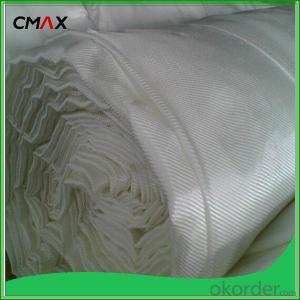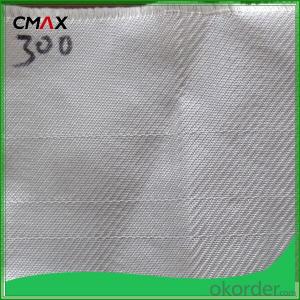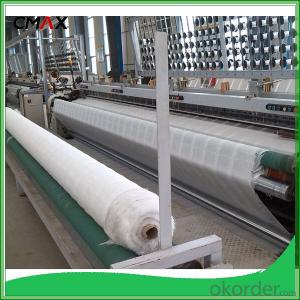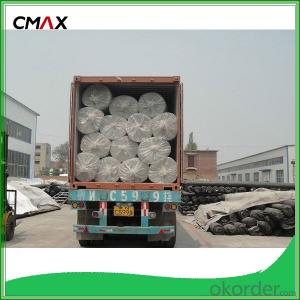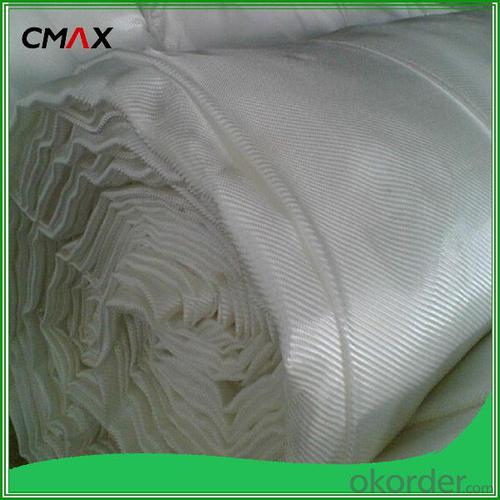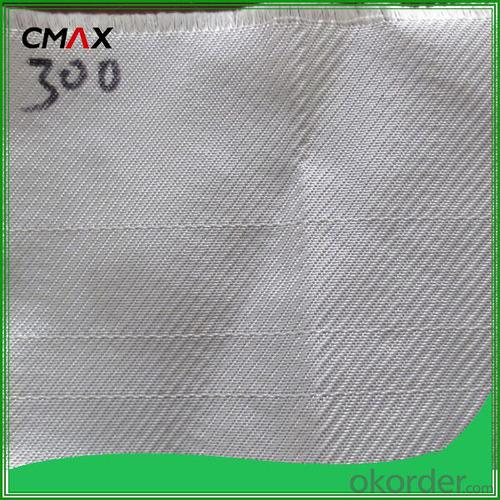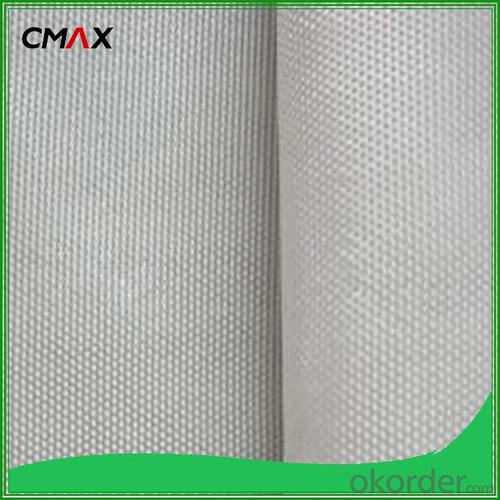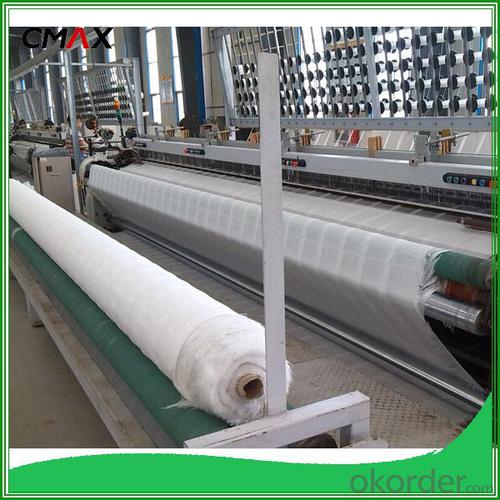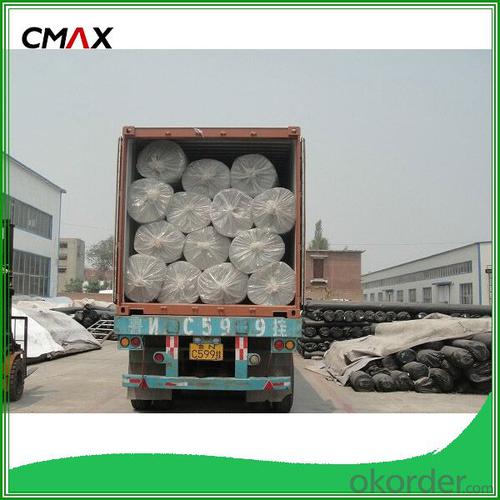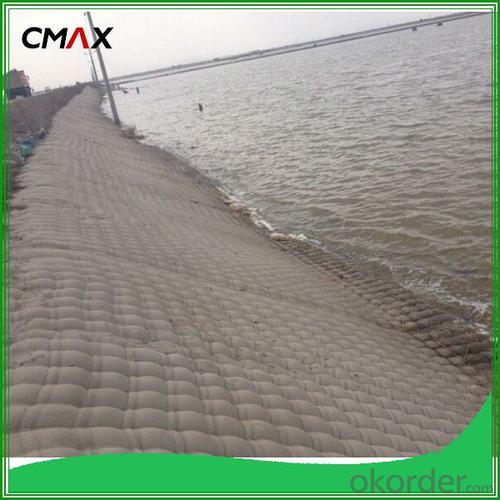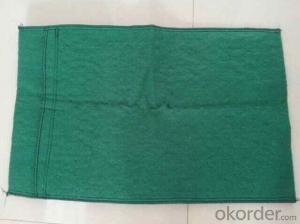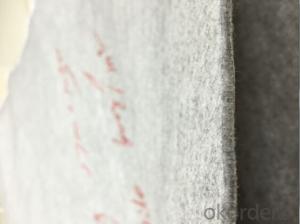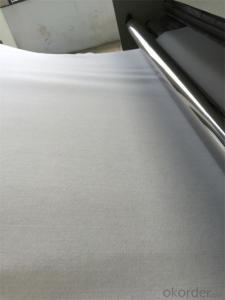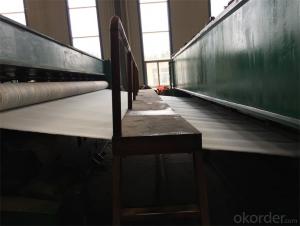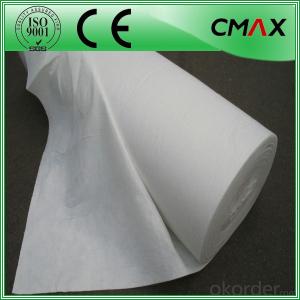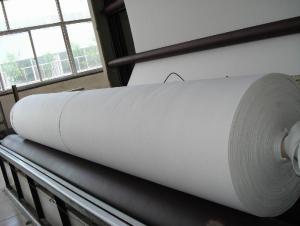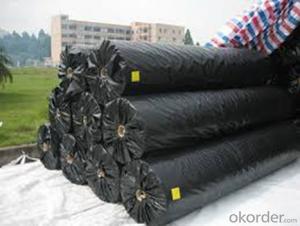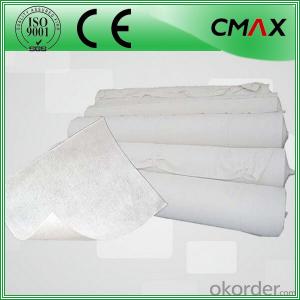Geotextile Là Gì - Filament Woven Geotextile 300g/m2 Wholesale
- Loading Port:
- Wenzhou
- Payment Terms:
- TT OR LC
- Min Order Qty:
- 50 roll
- Supply Capability:
- 20000 roll/month
OKorder Service Pledge
OKorder Financial Service
You Might Also Like
Filament Woven Geotextile 300g/m2 Wholesale
Desciriptions:
A woven geotextiles is an economical solution for any civil engineering applications. It separates, stabilizes, and reinforces soils and allos allows for filtration. Woven geotextiles are manufactured by extruding polypropylene film and then slitting the film into individual yarns which are then woven to form the geotextiles.
Specifications and Technical datas:
| Weight / Mass | 100gsm - 800gsm |
| width | Within 8 m |
| longth | 50-100m/roll (at request) |
| Material | PP / PET |
| Color | Black , white , grey |
| Certification | CE/ISO9001 |
| Manufacturing method | nonwoven / woven |

Characteristics:
Easy process and high output rates
Excellent distribution of carbon black
Consistent quality and low failure rate
Excellent resistance and good waterproof ability
Good welding
Details of our products:
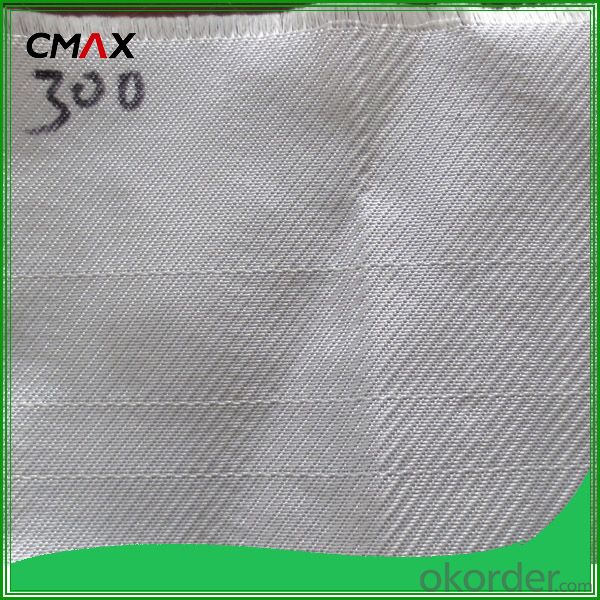


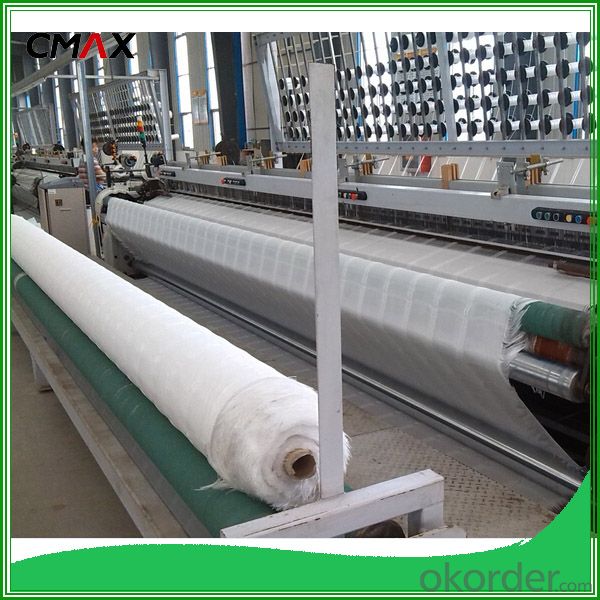

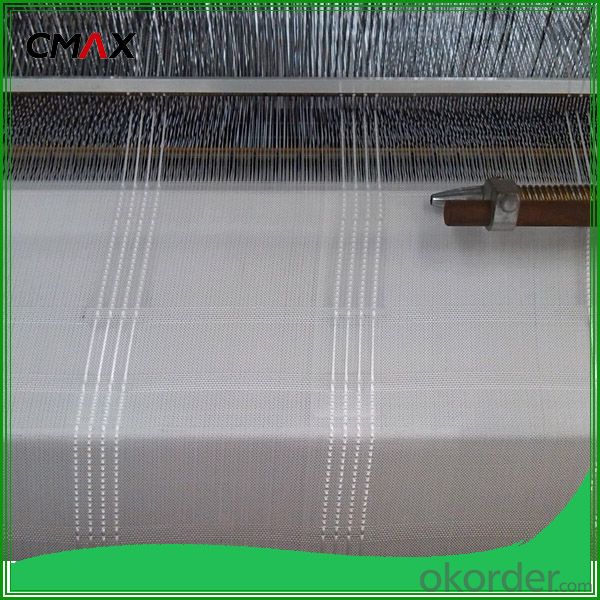


Produce process:
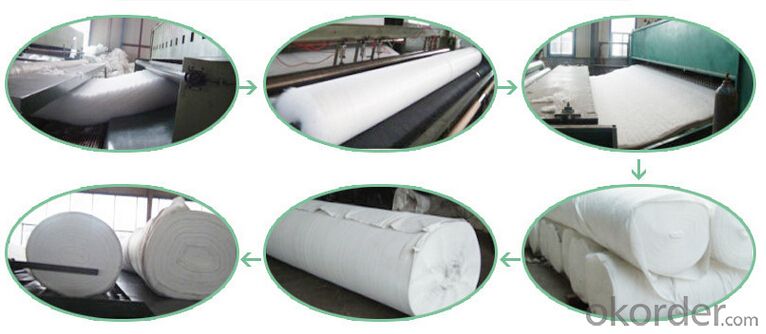
Applications:
1) Filtration :
The filtration layer of the dykes, river canal, seacoast, concrete slope, retaining walls. At the same time of preventing the clay granule from passing, it allows the water and the gas pass through freely.
2) Separation :
The isolation of the railway dregs and the roadbed, roadbed and the soft base, surface of the airdrome and parking lot and the groundsill, different dam materials. It isolates the soil and the gravel of two kinds different granule pathway from the groundsill or other buildings.
3) Adding muscle :
The highway, railway, soil-stone dam, breakwater, airport, backfill soil of retaining wall, slope protection, etc in which distributes the earth stress, prevents the side-displacement of the earth body and improves the earth body stability.
4) Protection :
It prevents the bank from being washed out, protects the bank and the bottom, prevents the water and soil from being washed away.
Packing and shipping:
1. The outer package: black or white woven geotextile.or we can make the package as your requst.
2. Different tgram/ roll size for different qty in the same containers.
3. Roll size: 3.95m*200 for container
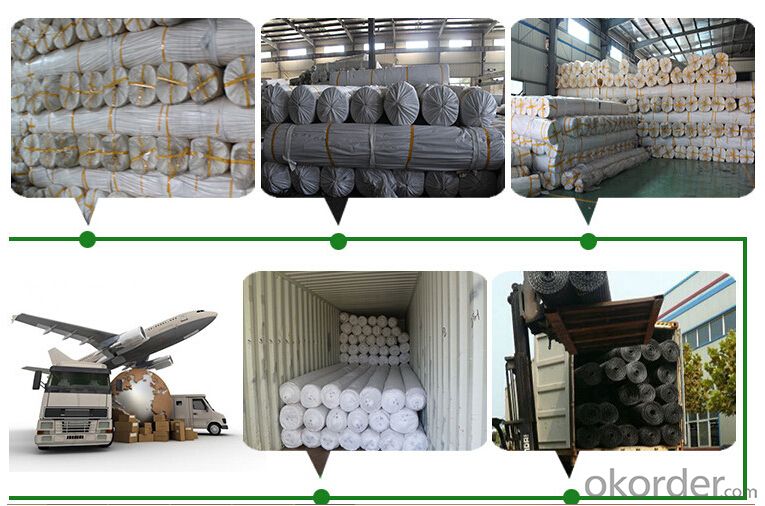
FAQ:
Q1: What is your minimum order quantity?
A:The minimum order quantity is 5000 ,but it is negotiable.
Q2:What is your payment terms?
A: T/T,Western Union,Paypal,L/C...
HDPE Geomembrane Price
Q3:What is your delivery time?
A:Production time usually costs 2-20 days.
Waiting to cooperate with you!
- Q: Geotextile Commission test how many square meters
- Geotextile performance testing generally need 1-2 square meters is enough. My company specializing in the production of geotextiles, often come to take samples to detect, are generally 1-2 square meters
- Q: How do geotextiles help in groundwater protection?
- Geotextiles help in groundwater protection by acting as a barrier that prevents the infiltration of pollutants into the groundwater system. They are used in various applications such as drainage systems, landfills, and erosion control, where they provide filtration and separation of soil particles, ensuring that only clean water enters the groundwater.
- Q: Geotextile water filter?
- Geotextile is used to filter the water, mainly to see where to use, and then consider the thickness of the cloth.
- Q: How do geotextiles help in stabilizing embankments?
- Geotextiles help in stabilizing embankments by providing reinforcement and erosion control. They are placed within the soil layers, acting as a barrier to prevent soil movement and promote stability. The geotextiles increase the shear strength of the soil, reducing the risk of slope failure. Additionally, they allow for water drainage while preventing the loss of fine particles, therefore minimizing erosion and maintaining the integrity of the embankment.
- Q: Can geotextiles be used in geocomposite drains?
- Yes, geotextiles can be used in geocomposite drains. Geocomposite drains are comprised of multiple layers, including a geotextile layer that helps with filtration and separation. The geotextile layer allows water to flow through while preventing the passage of soil particles, making it an effective component in geocomposite drain systems.
- Q: What are the factors to consider when designing with geotextiles?
- When designing with geotextiles, there are several factors to consider. Firstly, the type and characteristics of the geotextile itself should be evaluated. This includes considering factors such as the material properties, strength, durability, and permeability of the geotextile. The specific application and the expected loads and stresses that the geotextile will be subjected to also need to be taken into account. Secondly, the site conditions and environmental factors should be considered. This includes assessing the soil type, slope stability, groundwater conditions, and potential for erosion. Understanding the site-specific conditions will help in determining the appropriate geotextile design and installation methods. Thirdly, the desired functions of the geotextile need to be considered. Geotextiles can be used for various purposes such as separation, filtration, reinforcement, drainage, and erosion control. Identifying the primary function(s) of the geotextile will guide the selection of the appropriate geotextile type and design. Additionally, the installation and maintenance requirements should be taken into consideration. Factors such as the availability of suitable equipment, access to the site, and long-term maintenance needs should be evaluated to ensure the successful implementation and performance of the geotextile. Overall, designing with geotextiles requires a comprehensive understanding of the geotextile properties, site conditions, desired functions, and installation requirements to ensure an effective and durable solution.
- Q: White geotextile surface from the particles?
- Hello, did not understand your problem, the general geotextile will not play a grain of ah
- Q: Geotextile now how much money? what is the price?
- Is to be based on market conditions, raw material prices, processing technology to determine the price of geotextile to Hongxiang Li Qian short wire geotextile, for example, t price is generally between 4900-7500 yuan / ton, but the weight of <200g , An increase of 100 yuan / ton; weight> 800g, an increase of 500 yuan / ton. 187 & lt; 6600 & lt; 5604
- Q: Such as title. The manager asked them to be made into a square meter compound. What materials can be used to bind them live. 502 glue can not be filled Cao Cao 丨 not only check the intestine Lu adhesive can not be used, glue rods can be used, but EVA is transparent after the appearance of poor adhesion. Neighborhoods. More
- EVA has a special adhesive material
- Q: 400 grams per square meter of non-woven geotextiles how much money
- According to your technical parameters, the specific number of professional geotextile manufacturers to answer, power to discuss!
Send your message to us
Geotextile Là Gì - Filament Woven Geotextile 300g/m2 Wholesale
- Loading Port:
- Wenzhou
- Payment Terms:
- TT OR LC
- Min Order Qty:
- 50 roll
- Supply Capability:
- 20000 roll/month
OKorder Service Pledge
OKorder Financial Service
Similar products
Hot products
Hot Searches
Related keywords
